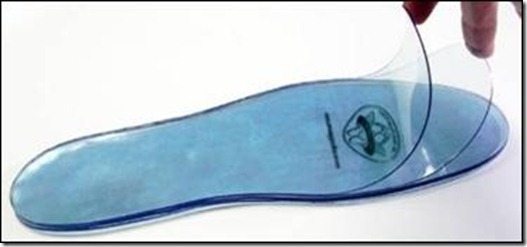Symptom Relief Chiropractors
First, there are symptom relief chiropractors. They focus
more on symptom relief than long-term skeletal correction and wellness. If you
visit a symptom relief chiropractor, you will likely feel better temporarily,
but these effects will ultimately wear off and result in damage and
dysfunction. Though no one would argue that feeling an improvement in your
condition is a bad thing, many
medical experts agree that aiming only to treat symptoms once they occur is not
nearly as valuable as treating the underlying causes of these symptoms. In
fact, they even go so far as to say that this approach can harm patients in the long-run.
In his book, Health Revolution, Robert C. Atkins,
M.D. states, “Orthodox medicine tends to treat the symptom, and once it has
made the symptom go away, it tells the patient that his or her condition is
cured or at least controlled. Actually, in most cases, the disease hasn’t been
treated at all. Its symptoms have been
masked or obliterated, but in due time the disease may well assert itself in
another direction.”[1]
Traditional Chiropractors
Traditional chiropractors, on the other hand, are those who
follow the traditional chiropractic philosophy of spinal subluxation and
structural correction. As you read earlier, subluxations interfere with the
nerve impulses that send signals from the brain to the rest of the body—so
making sure that subluxations are corrected is understandably very important!
But the potential problem with this form of correction is that it is often
concentrated on individual segments of the spine, rather than the spine as a
whole.
Living Well Family Chiropractors
The chiropractors at Living Well Family Chiropractic are
different. We are what might be called spinal restoration chiropractors. We
focus on improving our patients’ daily lives by helping with symptom and pain relief,
but ultimately our goal is to remove subluxations and restructure the spine to
create the most stable position for your body. We take the approach of
traditional chiropractors and carry it a step further by focusing on global subluxations—deviations from the
ideal structure of the spine. Any variation from this ideal position leads to
premature spinal decay and dysfunction, so we do what we can to prevent these
harmful effects before they begin.
This means that, if a patient comes in with a sore lower back, we
explore the spine’s entire structure to determine how a subluxation in the neck
might be affecting and even causing this pain.
We use Chiropractic BioPhysics (CBP), the technique that has
been named in the most peer-reviewed journals and is one of the most
scientifically validated techniques in our field.[2] The methods
of CBP, including Mirror Image Adjustments, Mirror Image Exercises, and
traction will significantly improve your overall wellness.
With a spinal restoration program, your symptoms may lessen
or disappear completely long before your treatment comes to an end (and who
doesn’t want that?). But at Living Well Family Chiropractic, even once your
symptoms are gone, we will continue to rigorously correct and adjust your spine
until it reaches its maximum corrected position in the shortest amount of time.
Working to Restore
God’s Perfect Design in You!









